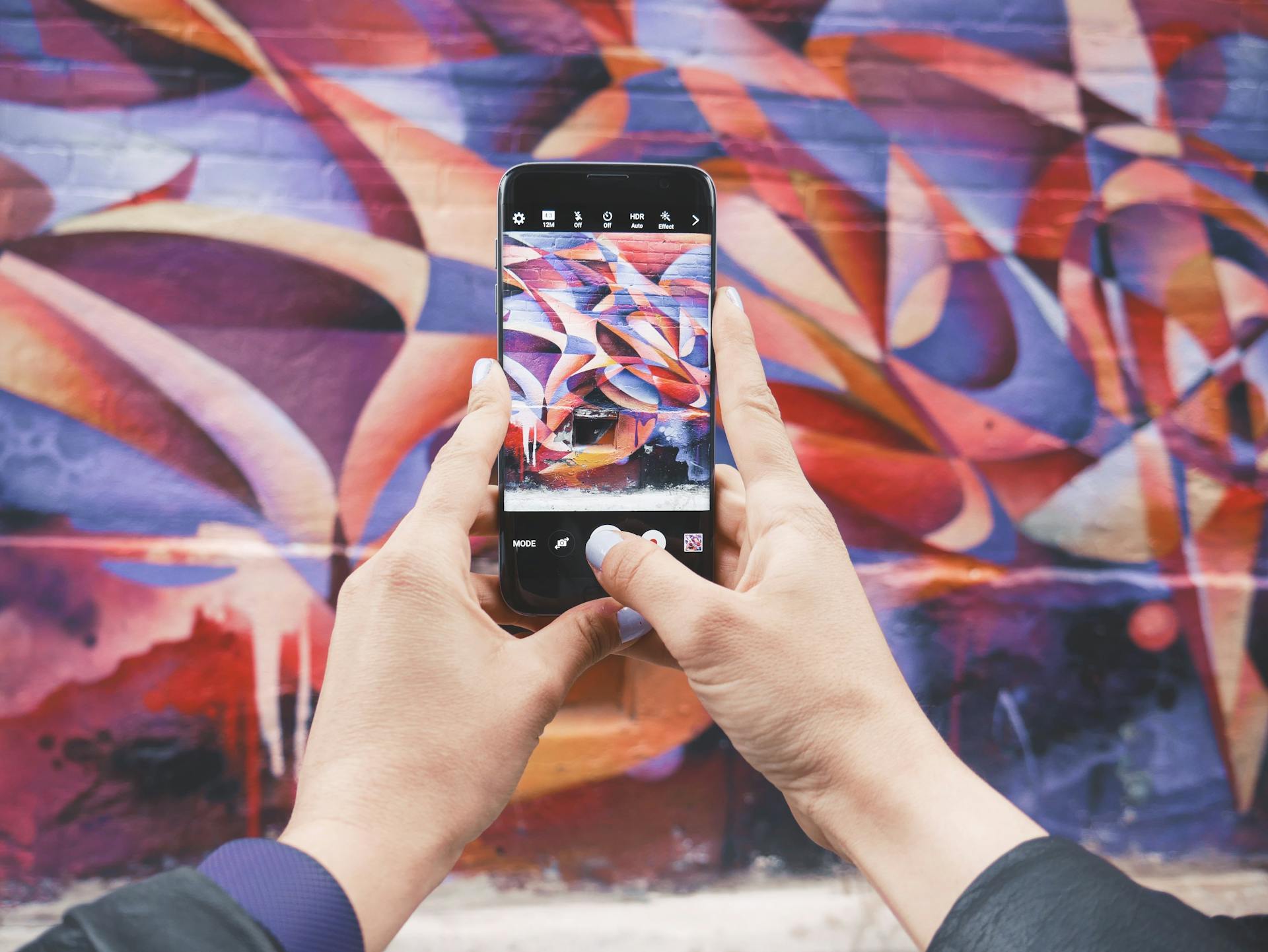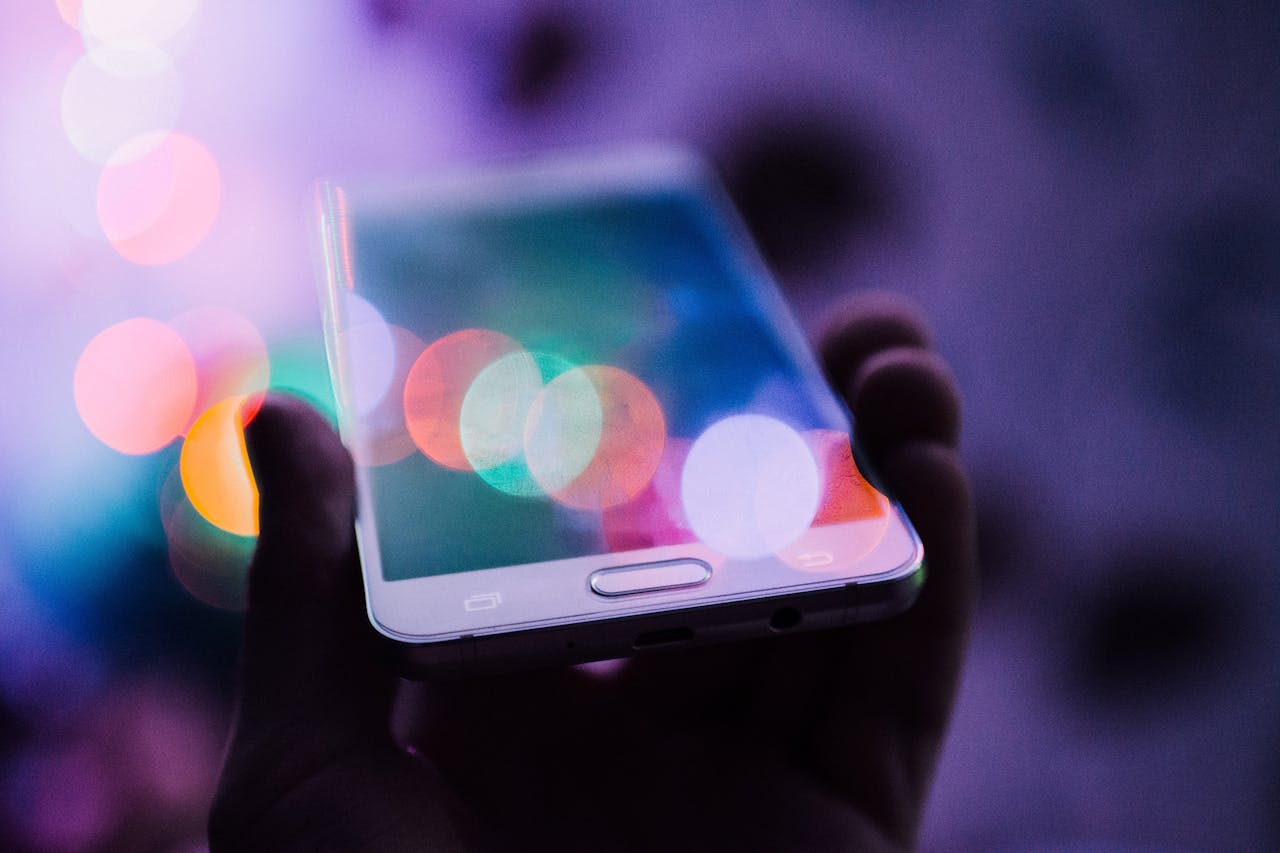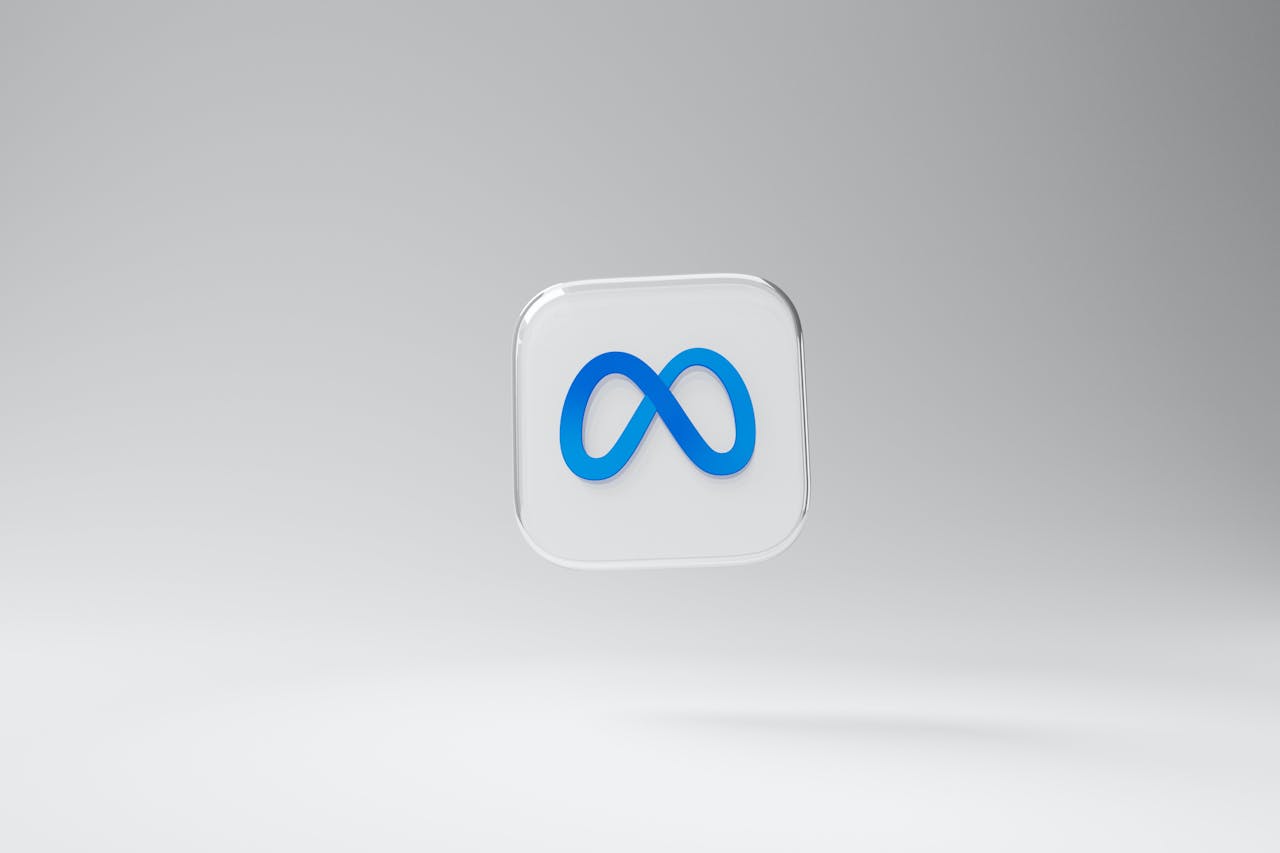De-influencing is trending on social, as influencers start to tell their followers what products they should not buy and why.
Georgie Moreton asked industry experts their opinion on what this means for brands, The Wild's Executive Strategy Director, Tom McGirr, shares his view.
Far from a death knell for influencer advertising on TikTok or other platforms, de-influencing serves the interests of consumers and the creators, and so for brands who play by the rules, the opportunity has never been bigger.
Here’s why:
Creators win
The lifestyle influencer is fast becoming an endangered species; audiences want specialist creators who add value to their passions and interests. The de-influencing movement puts creators with strong audience relationships and trusted POVs in charge, meaning greater advocacy and trust.
So consumer’s win
Spurred on by the cost-of-living crisis consumers are looking for smarter purchase decisions; finding a ‘dupe’ is now something to be celebrated not scoffed at. De-influencing connects price-savvy consumers to brands that deliver quality without breaking the bank.
Meaning brands can win by:
1. Choosing creators over influencers: partner with creators who value the community they serve and have built advocacy in their niche.
2. Reviewing price point vs quality: quality is the prevailing competitive edge, consumers expect to get what they pay for. Ensure your price point is proportionate to the quality of your product in-category.
3. Trusting the process: relinquish creative control to your creators and limit the number of ‘must-have-messages’, handover the keys and the creator will unlock the audience for you.
Read the full article on creativebrief.







